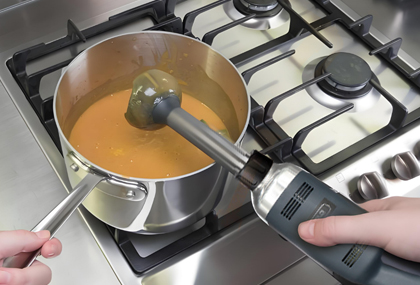Market Research Report on Kitchen Food Mixers/Blender
Dec 17,2024
477
In 2024, the global market sales of kitchen food mixers reached $2 billion. It is expected to reach $3.3 billion by 2029, with a compound annual growth rate (CAGR) of 6.9% (2023 - 2029). From a regional perspective, the Chinese market has witnessed relatively rapid changes in the past few years. In 2022, its market size was 5% million dollars, accounting for approximately 10% of the global market. It is projected to reach 5% million dollars by 2029, and by then its global share will reach 8%.

The top five manufacturers of kitchen food mixers (Kitchen Food Blender & Mixer) in the world are Joyoung, Midea, Supor, Bear, and Ninja (SharkNinja). Their combined market share exceeds 30%. Among them, Joyoung dominates with a production value share of nearly 13%, followed by Midea (13%) and Supor (7%). The headquarters of these leading manufacturers are located in North America, China, and Europe.
In terms of market size, North America is the largest market, accounting for over 30% of the share. Europe and the Asia-Pacific region follow, with shares of 30% and 32% respectively.
Based on product types, kitchen food mixers are mainly divided into kitchen food blenders and kitchen food mixers. The leading one is the kitchen food blender, with a market share exceeding 60%.
In terms of application, kitchen food mixers are mainly divided into online sales and offline sales. The main market is online sales, accounting for nearly 55%.
"Global and Chinese Kitchen Food Mixer Market Status and Future Development Trends from 2023 to 2029": This report studies the production capacity, output, sales volume, sales amount, price, and future trends of kitchen food mixers in the global and Chinese markets. It focuses on analyzing the product features, product specifications, prices, sales volumes, sales revenues of major manufacturers in the global and Chinese markets, as well as the market shares of major producers in the global and Chinese markets. The historical data is from 2018 to 2022, and the forecast data is from 2023 to 2029.





